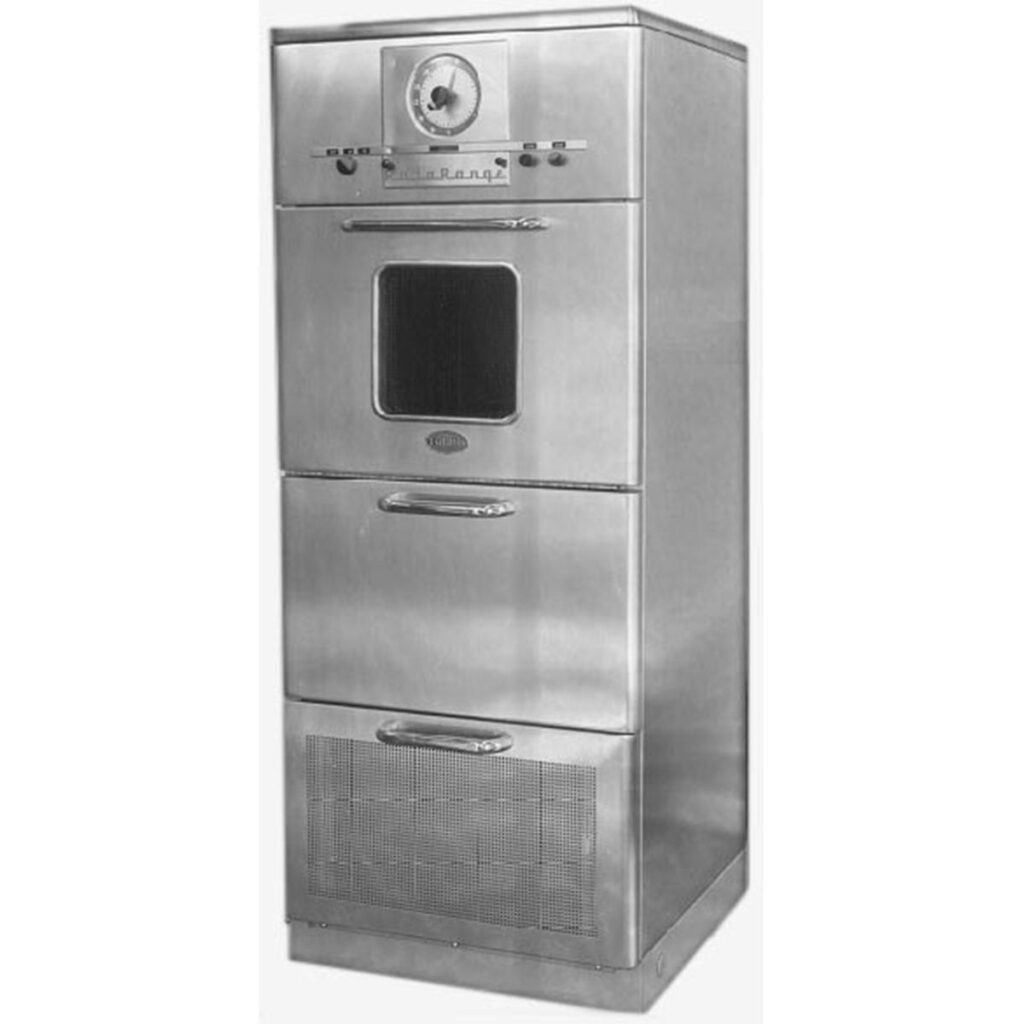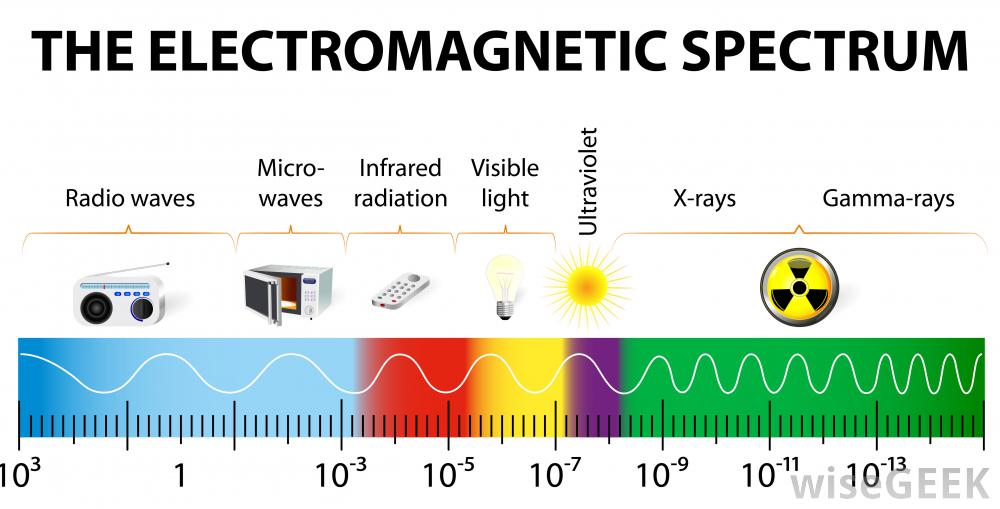Note: This post may contain affiliate links. As an Amazon Associate I earn from qualifying purchases.
Most of us grew up with a microwave sitting our on our counters that we could pop in a bag of popcorn, heat up soup, microwave our parents or grandparents coffee. In today’s fast-paced world, the microwave oven has become an essential appliance in almost every household. Its convenience, speed, and efficiency have revolutionized the way we prepare and reheat food. But did you know that you can do so much more with a microwave than reheat last night’s leftovers? When I was a child, my mom even had a microwave cookbook that had recipes to bake cakes in the microwave!!
Before sitting down to write this blog post I honestly thought microwaves were created around the the 1960s. Mostly, because my grandparents had one that had to be from the 60s and I honestly thought it was one of the original microwaves. However, I have since learned that the origin of the microwave oven can be traced back to World War II. In the 1940s, Percy Spencer, an engineer at Raytheon Corporation, noticed a peculiar phenomenon while working on magnetrons for radar systems. He found that a candy bar in his pocket melted when he stood close to an active magnetron.

This serendipitous discovery led to the first microwave oven prototype, which was eventually introduced for commercial use in 1947, weighing a hefty 750 pounds and standing over 5 feet tall!

Microwaves work on the principle of dielectric heating. Webster’s dictionary (well probably Websters, ok, APPLE’s dictionary) defines “dielectric” as: “dielectric | ˌdīəˈlektrik | Physics adjective: having the property of transmitting electric force without conduction; insulating.” Did that clear it up for you? No? Ok, well lets try again. Inside the oven, there is a magnetron that generates electromagnetic waves at a frequency of around 2.45 GHz. These waves penetrate the food, exciting water, fat, and sugar molecules, causing them to vibrate rapidly. As they collide, friction is generated, leading to the conversion of this energy into heat. Unlike traditional ovens that heat the outside of food and gradually transfer heat to the inside, microwaves directly heat the food’s molecules, resulting in rapid and uniform cooking. So did you get that? Basically, an oven gently heats food from the outside to the center. A microwave actually causes the actual atoms of the water inside the food itself to vibrate which causes it to heat up from it’s very core.
I’m not sure when I first started hearing the scary “facts” about microwaves. I put facts in quotations because until this blog post I never actually researched any of them. We have all heard the health hazards, the reasons not to use one. “It gives you brain cancer! It can cause infertility! It allows the government to listen to your thoughts! It will make your boyfriend cheat on you!! THROW. IT. OUT. IMMEDIATELY.” But did most of us really throw them out? Of course not! Microwaves have undergone extensive safety testing and are considered safe for use when operated according to the manufacturer’s guidelines. Does this mean your boyfriend won’t cheat on you? Well…I have no idea. But I do know that according to research it won’t be the microwave’s fault if he does. However, a few precautions should be taken to ensure safety. For instance, microwave-safe containers should be used to avoid leaching harmful substances into the food. It’s also important not to use metal objects inside the microwave, as they can cause sparking and damage the appliance. Regular maintenance and inspection of the oven’s seals and door latches are essential to prevent harmful microwave leakage. If you have ever once in your life done that last one…please let me know. You may be eligible for some kind of an award.

In an article from 2018, Sabrina Stierwalt examines 4 microwave myths. The first we will examine is: do microwaves cause cancer? Well according to Sabrina, no it does not. Where did this rumor come from in the first place? Well microwaves work by using radiation. And what do people think of when they think of radiation? They think Chernobyl. But what is radiation? Let’s look again to our trusty dictionary: “radiation | ˌrādēˈāSH(ə)n | noun 1 Physics the emission of energy as electromagnetic waves or as moving subatomic particles, especially high-energy particles which cause ionization.” So radiation just means energy is coming from a source. As Sabrina Steirwalt points out, “radiation comes from our body in the form of heat. The sunlight that keeps us warm and allows us to navigate the outdoors during the daytime is also radiation.” So no, not all radiation is bad. So which radiation is bad? Well Sabrina has an answer to that as well; “high energy forms of radiation-high enough…[to]…remove electrons from-atoms or molecules…X-rays, gamma rays and some ultraviolet radiation.” According to the American Cancer Society: “The amount of radiation that is allowed to leak out of microwaves based on federal laws in the US is far below the level that could potentially cause harm.” So, in short, no. Microwaves don’t cause cancer.

But what about the nutritional value of the food? Doesn’t microwaves leech out the nutrients from food? Well, maybe not. Thankfully the research has been done and I just need to present that research here. While it is true that heat breaks down some nutrients, Vitamin C for example, that is true of ANY heat. Not specific to microwaves. Food generally spends less time in microwaves so they don’t have as much time exposed to heat to allow for the breakdown of nutrients. When foods are boiled, many nutrients leech out into the water. But again with microwaves, less water is necessary and therefore less nutrients leech out. Fun fact: “In fact, an albeit unsuccessful defamation lawsuit was even brought against the producers of the movie “American Hustle” because Jennifer Lawrence’s character says she read an article by science writer Paul Brodeur claiming that microwave cooking removes nutrients from foods. (Brodeur, not wanting to be associated with the scientifically unsupported argument, was the one who sued for defamation.)”
Ok, so we know it’s not going to give us cancer or remove all the vitamins and minerals from our food, that’s great! But what do we cook our food in? NOT METAL. That’s the short answer. If you have ever accidentally put metal in the microwave you know it’s not a great idea. Unless you are doing YouTube videos that show what happens when you put a metal spoon in the microwave…and you have the fire department on standby, and a good fire extinguisher…I’d say better to just avoid it.
Plastic? Can you cook in plastic? Well every microwave dish I’ve ever seen for cooking in the microwave is some kind of heavy duty plastic. According to Sabrina, some plastics can leach “plasticizers” into our food and she recommends only glass for now. Which is a great theory. But what about those in the barracks or dorm rooms? Can they store a bunch of glassware? Maybe…but then again, maybe not. So I’d say for now stick with FDA approved microwave containers and you should be fine. If they prove to be harmful…well take it up with the FDA.
One last thing to note. Microwaves are not miracle workers. They can’t instantly zap your food from its raw, frozen state to done in a matter of seconds. Again, lets turn to Sabrina’s article. The US Department of Agriculture states that microwaves really only get 1-1.5 inches below the surface of food. So if you have raw meat that is 4 inches thick, it will NOT be able to be cooked to a safe temperature without cutting it into pieces. This is why your burrito is frozen in the center and scorching hot on the outside. ServSafe the food safety and handling organization I had to certify with to work in kitchens in the US and to even continue with culinary school stated that microwaved food had to sit for 2-3 minutes after cooking to allow the heat to evenly distribute throughout the food. So keep that in mind.
Now, to prepare for successful microwave cooking, I’ve compiled a list of necessary equipment to have on hand.
- A glass bowl. So yes, I did say that glass isn’t practical for everyone, and I still believe this, but a medium sized glass bowl will help with a lot of cooking options.
- A rubber spatula. I personally feel that a rubber spatula is a necessity for all kitchens. I even put one in my suitcase when I moved overseas.
- Some kind of knife and cutting board. These don’t have to be professional quality. Something sharp you can cut vegetables with or even just to cut that frozen burrito in half. And something to protect your counter or whatever surface you are using.
- Optional: a microwave pasta cooker! Yes! These exist! I have a nice heavy duty one from Pampered Chef and I have a cheap-o one from Daiso. Both work great!
- Optional: a rice cooker! YES! You can get a microwave rice cooker!
- Optional: microwave cover. Not absolutely necessary, but a cover will keep the inside of your microwave cleaner for longer.
I can hear you from across the world sitting in front of your computer or holding your phone and mumbling, “yeah…but food doesn’t TASTE good from the microwave!” Good point random stranger on the internet that I don’t know. I also am not a huge fan of food from the microwave. But if my options were mess hall, school cafeteria, fast food or a microwave…I think my wallet and my taste buds would eventually have to settle with microwave.
And, fear not, random stranger! We are about to embark on Microwave Mondays! #microwavemondays We will be exploring what we can and can’t cook in a microwave. What will and won’t taste good. I’ll be researching, experimenting and tasting so that by the time you get the recipe you know it will taste good!
Tune in every Monday for #microwavemondays and we will be cooking culinary delights in our microwaves!
I read your whole post on microwave Mondays, I can’t wait to see more!! Happy cooking ❤️